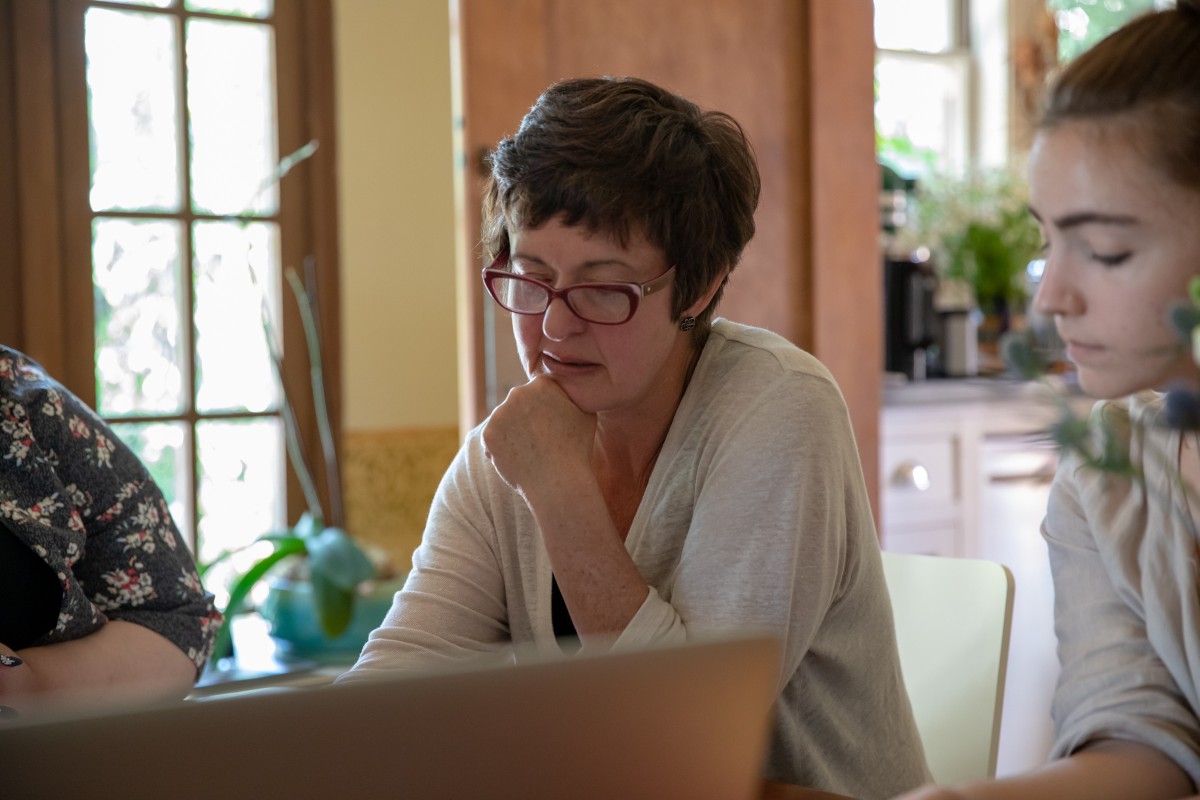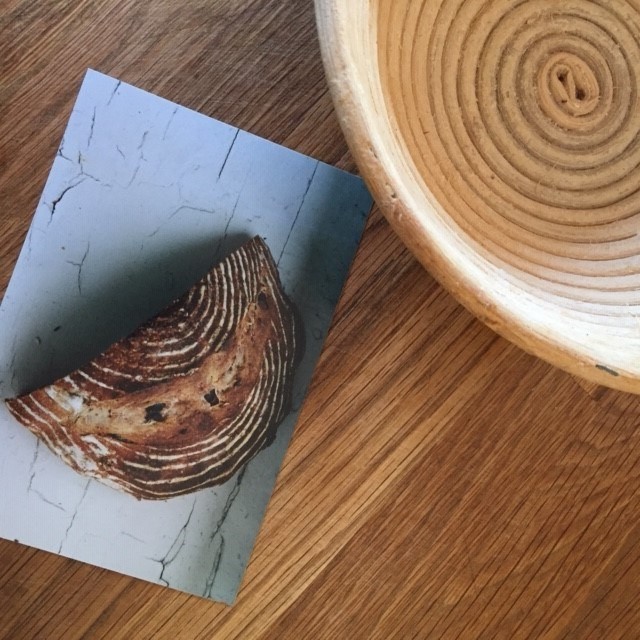Rebranding Mingei Part Two: A studio visit with Yomar Augusto, the typographer, graphic designer and artist behind the Museum's new typeface.
Just Our TypeHer own work explores the ways in which design defines the cultural identity of public spaces and is inspired by the tradition, colors and textures in vernacular forms of design. She is also the author of Mexican Wall Painting: Bardas de Baile, and her studies were completed at the Universidad Iberoamericana in Mexico and at the Basel School of Design in Switzerland.
When did you first connect with Mingei, as a visitor and a Board Member? What attracted you to the Museum?
Mingei was one of the first museums I visited when I moved to San Diego in 2008. The top floor was covered with these unusual mud sculptures created by an Indian woman. There was also an exhibition about Scandinavian design. Every nook, every wall, every case surprised and delighted me. The whole atmosphere of the museum was serene and intimate yet somewhat whimsical. It felt close to my heart with its focus on my two passions: craft and design. I was hooked!
My participation as a Board Member came later, in 2011, when I was initially invited to serve as a liaison between the San Diego State University (SDSU) School of Art and Design and Mingei. Not unlike my first visit to the Museum, I have found much to engage with. In my eight years as a Board Member, I have participated mostly in Education and Marketing initiatives although now I am also Chair of the Capital Projects Committee, and that is an exciting challenge. I love working with the Museum staff, and my fellow Board Members have become a second family for me.
Mingei has truly been, for me, the best way to make an impact in San Diego, my hometown.
How were you were introduced to the prospect of guiding the rebrand project?
Academically, branding has been my area of expertise. For a long time, I taught an advanced branding class every semester and also conducted research projects in the field. I am interested and fascinated by how branding responds to culture, technology and audiences' expectations and behaviors.
In thinking about Mingei as a brand, I found that its name, mission and subject matter posed a unique challenge: a Japanese name for an international museum that shows Art of the People. I couldn't resist turning the complexities of visually representing Mingei into a class project. In 2014, in collaboration with Alexis O'Banion now the Museum's Creative Director, my branding class designed a series of speculative branding systems that sparked a larger conversation. At the same time, the renovation project for the museum was starting. With it, new concepts and an expanded vision presented the need for a rebrand.







